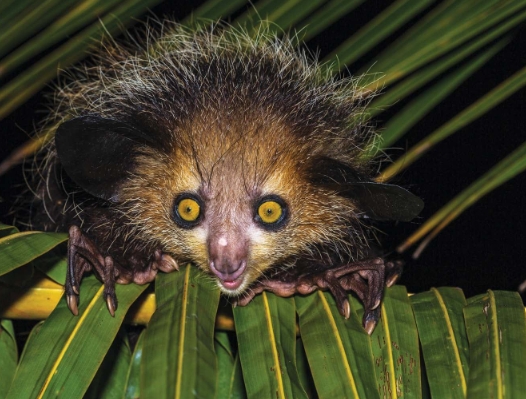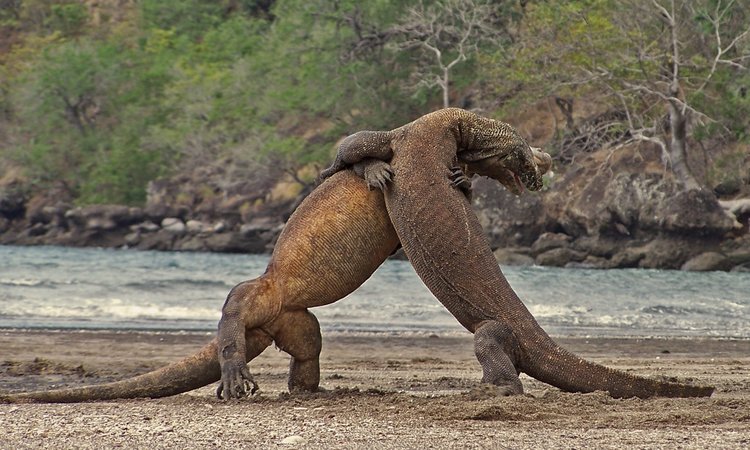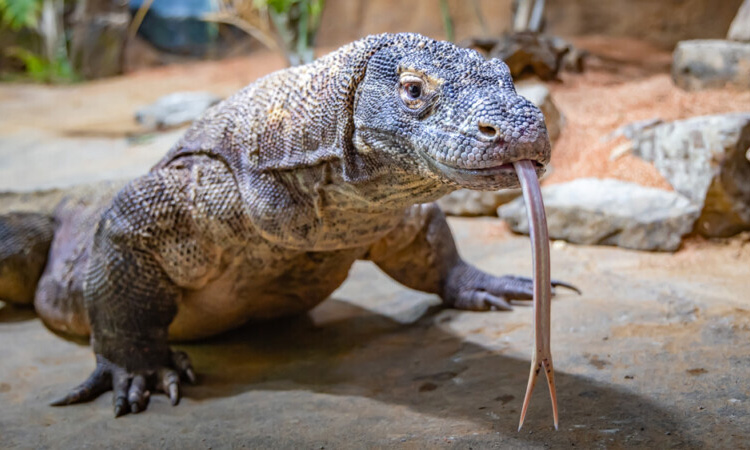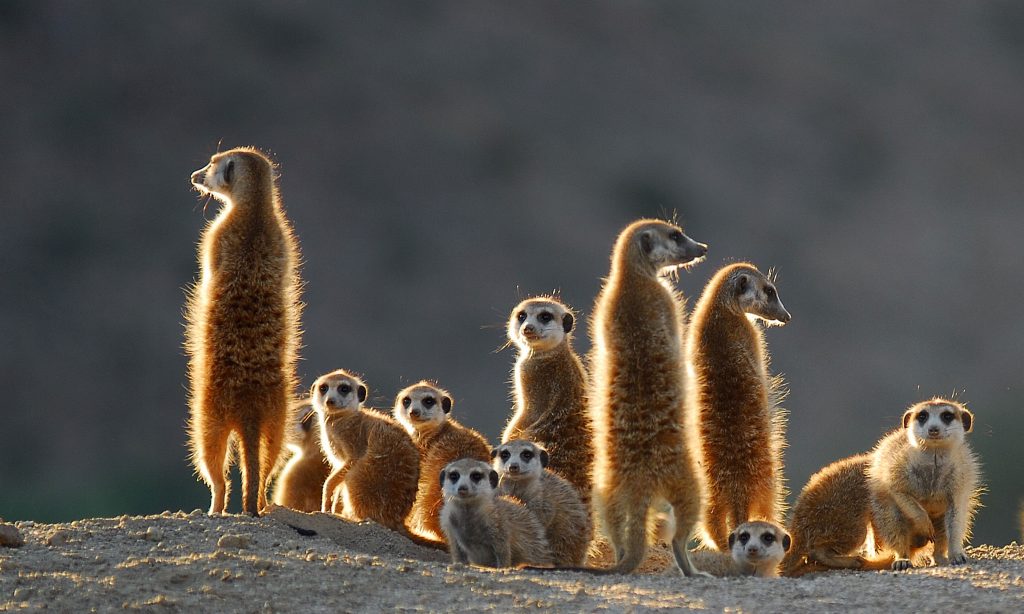Found only in the forests of Madagascar, the long-fingered lemur is a unique primate species that is both fascinating and endangered.
Description of the Long-Fingered Lemur
Characterized by its elongated fingers and toes, the long-fingered lemur is known for its ability to leap between trees with ease. Its soft fur is typically reddish-brown in color, with a white underside and distinctive black eyeliner markings around its eyes.
Habitat and Behavior
These lemurs are arboreal creatures, spending most of their time in the treetops of Madagascar’s rainforests. They are primarily herbivores, feeding on a diet of leaves, fruits, and flowers. Long-fingered lemurs are also known for their loud calls, which they use to communicate with other members of their social groups.
Threats to the Long-Fingered Lemur
Due to deforestation and habitat loss in Madagascar, the long-fingered lemur population has been declining rapidly. In addition, they are hunted by humans for bushmeat and captured for the illegal pet trade. These factors, combined with their slow reproductive rate, pose a serious threat to the survival of this species.
Conservation Efforts
Several conservation organizations are working to protect the long-fingered lemur and its habitat. Efforts include reforestation projects, habitat restoration, and community education programs aimed at raising awareness about the importance of preserving Madagascar’s biodiversity.
Visiting Madagascar to See the Long-Fingered Lemur
For those interested in seeing these fascinating creatures in the wild, there are ecotourism opportunities available in Madagascar. By choosing responsible tour operators and supporting local conservation efforts, visitors can help contribute to the protection of the long-fingered lemur and other endangered species in the region.
In conclusion, the long-fingered lemur is a species worth protecting. Its unique physical characteristics and behavior make it a valuable part of Madagascar’s rich biodiversity. Through conservation efforts and responsible tourism, we can help ensure that future generations will have the opportunity to appreciate these remarkable primates in their natural habitat.




